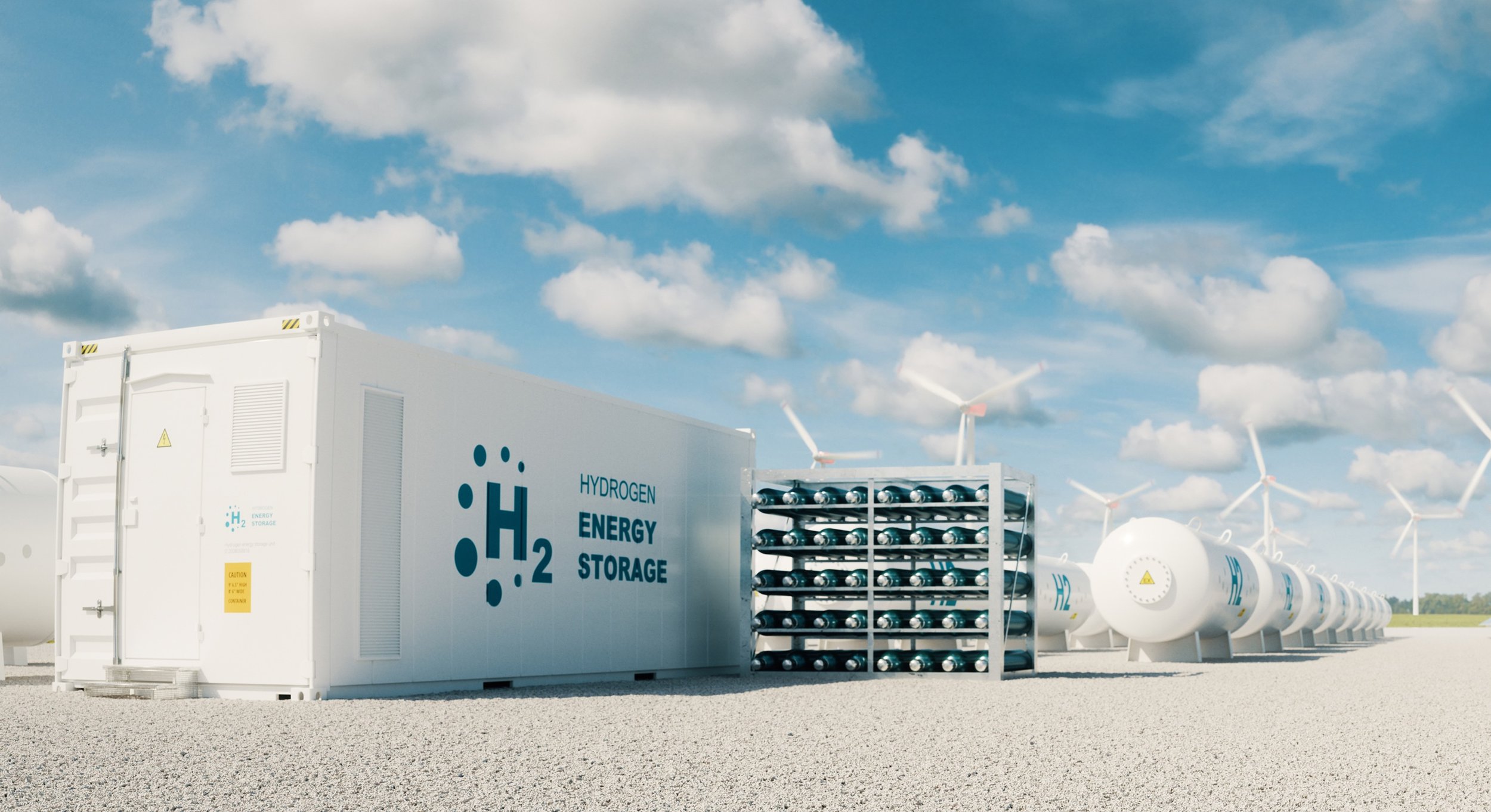Scientists have discovered that mountain ranges, where deep mantle rocks are exposed, may hold significant natural hydrogen resources, potentially offering a new route to cleaner energy.
New: follow us on Bluesky
Image Credit: Piotr Krzeslak via Shutterstock / HDR tune by Universal-Sci
Hydrogen has long been considered a promising alternative to fossil fuels, primarily because using hydrogen for energy can help lower carbon emissions.
Until now, the focus has been on synthetic hydrogen production, which relies on splitting water molecules—often using fossil fuels. However, scientists have found that hydrogen can occur naturally within the Earth’s crust and may be more plentiful in certain types of landscapes than previously thought.
A recent study led by Dr. Frank Zwaan from the GFZ Helmholtz Centre for Geosciences sheds light on how mountain ranges could be key areas to look for large, naturally occurring hydrogen deposits.
Why Mountain Ranges May Hold the Key to Natural Hydrogen
In many mountain ranges, deep-seated mantle rocks have been pushed closer to the surface by tectonic forces. Mantle rocks contain minerals that, when they react with water, can release hydrogen gas. This process is called serpentinization.
Mountains often form when continental plates collide, forcing mantle material upward and creating fault zones that allow water to circulate deep underground. According to Dr. Zwaan’s team, these conditions are more suitable for hydrogen generation than in rift basins (such as those found in opening ocean basins). Because mountain ranges often have cooler temperatures at the relevant depths and plenty of circulating water, they are prime spots where serpentinization—and thus hydrogen formation—can happen on a large scale.
How Geological Models Help Identify Hydrogen “Hotspots”
To explore the full potential of natural hydrogen in mountain ranges, researchers used cutting-edge plate tectonic models that simulate how continents split apart and come back together over millions of years. These simulations take into account:
Where and when mantle rocks might be exposed near the surface
Temperature conditions that favour serpentinization
Possible pathways for water to move through faults and reach deep-seated rocks
By comparing these models with real-world data, the study identified that far greater volumes of mantle rock suitable for serpentinization exist in mountain ranges than in rift environments. This insight could guide energy companies and scientists to focus their exploration efforts on areas with a past history of both rifting and later mountain formation, increasing the chances of finding sizable hydrogen reservoirs.
Image Credit: petrmalinak via Shutterstock
Future Exploration and the Hydrogen Energy Transition
As the push for cleaner energy continues, discovering new sources of hydrogen becomes ever more important. Mountainous regions such as the Pyrenees and the European Alps already show signs of hydrogen generation, and researchers are beginning to assess these areas more closely. Even though the concept of drilling for hydrogen might seem new, the study’s authors suggest that careful geological and tectonic studies will be critical for success.
Reservoir Rocks: Identifying rock layers that can store hydrogen is essential for any successful well. Sandstones within mountain ranges may serve as natural “containers,” trapping hydrogen underground.
Fault Networks: Understanding the network of faults, formed over long tectonic histories, will help determine whether hydrogen can flow to these potential reservoirs.
Timing: Because hydrogen generation depends on past geological events, pinpointing when and how exhumed mantle rocks reached the right temperature and water supply could clarify where to drill.
In the words of Dr. Zwaan, “We may be at a turning point for natural hydrogen exploration,” suggesting that the global energy landscape may see new developments driven by this promising research. While there are still many factors to consider—like hydrogen-consuming microbes and how easily hydrogen can migrate to form large accumulations—this study provides a framework for identifying the most promising locations. If successful, tapping into natural hydrogen could play a significant role in the broader shift toward cleaner, sustainable energy sources.
If you are interested in learning more about the underlying research, check out the paper published in the peer-reviewed journal Science Advances, listed below.
Sources and further reading:
Too busy to follow science news during the week? - Consider subscribing to our (free) newsletter - (Universal-Sci Weekly) - and get the 5 most interesting science articles of the week in your inbox
FEATURED ARTICLES:








